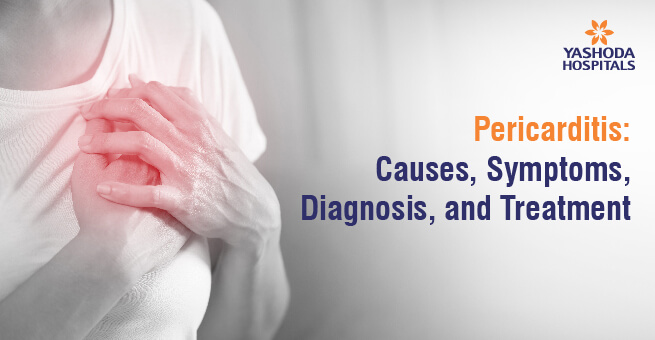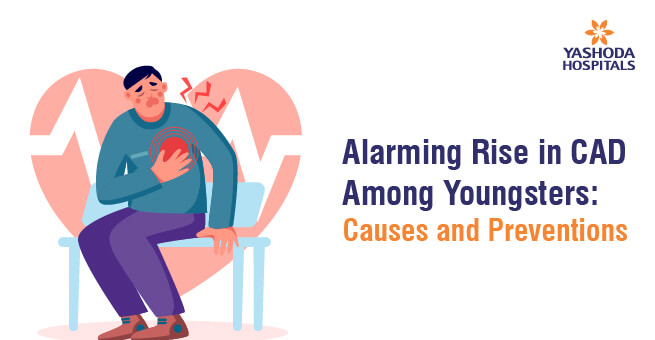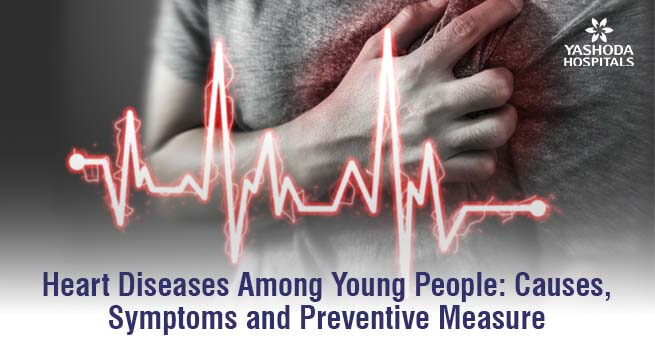Pericarditis: Causes, Symptoms, Diagnosis, and Treatment

Chest pain can be a cause for alarm, sending our minds racing with worries about a heart attack. While it’s always important to take chest pain seriously, there’s a lesser-known condition that can mimic the symptoms of a heart attack—pericarditis. Pericarditis, an inflammation of the thin sac surrounding the heart called the pericardium, can strike suddenly and leave individuals bewildered and anxious. In this blog, we will explore the causes, symptoms, diagnosis, and treatment options for pericarditis. Understanding this condition is crucial for timely diagnosis and appropriate management.
What is pericarditis?
Pericarditis is a medical condition characterised by inflammation of the pericardium, a thin, double-layered sac that surrounds the heart. The pericardium plays a crucial role in protecting the heart and providing lubrication for its smooth movement. However, when the pericardium becomes inflamed, it can lead to symptoms such as chest pain, shortness of breath, and fatigue.
Causes of pericarditis
Pericarditis can have several causes, including:
- Viral Infections: Viruses, such as the rhinovirus, influenza, and Coxsackievirus, are a common cause of acute pericarditis. The viral infection triggers an inflammatory response in the pericardium.
- Autoimmune Disorders: Conditions like systemic lupus erythematosus, rheumatoid arthritis, and scleroderma can cause inflammation of the pericardium due to the body’s immune system mistakenly attacking its own tissues.
- Bacterial or fungal infections: Although less common, bacterial or fungal infections can also lead to pericarditis. These infections may result from pneumonia, tuberculosis, or endocarditis.
- Trauma or Injury: Trauma to the chest, such as a motor vehicle accident or a direct blow to the chest, can cause pericarditis.
Medications: Certain medications, such as procainamide or hydralazine, have been associated with drug-induced pericarditis.
Did you know that the cause of pericarditis is undetermined in up to 90% of cases?
Symptoms of pericarditis
The most common symptom of pericarditis is chest pain, which is typically sharp and worsens with deep breathing or lying flat. Other symptoms may include:
- Shortness of breath (due to fluid accumulation around the heart)
- Fever (in infectious pericarditis)
- Fatigue (feelings of exhaustion and weakness)
- Rapid heartbeat (palpitations)
- Pericardial friction rub (a specific sound heard through a stethoscope placed on the chest)
Diagnosing Pericarditis
When diagnosing pericarditis, healthcare professionals follow a comprehensive approach that includes evaluating the patient’s medical history, conducting a physical examination, and ordering specific diagnostic tests. Here are some common diagnostic procedures:
- Electrocardiogram (ECG): An ECG is a non-invasive test that records the heart’s electrical activity. ECG findings of pericarditis help identify characteristic changes associated with pericarditis, such as ST-segment elevations, which can aid in diagnosis.

- Echocardiogram: This imaging test uses ultrasound to create detailed images of the heart and pericardium. It helps assess the heart’s structure and function and can detect the presence of fluid accumulation around the heart, a key indicator of pericarditis.
- Blood Tests: Blood tests are performed to evaluate markers of inflammation, infection, or autoimmune disorders. These tests can provide valuable information to support the diagnosis of pericarditis and identify potential underlying causes.
- Chest X-ray: A chest X-ray provides a simple and quick way to visualise the size and shape of the heart. It can help healthcare professionals assess for any signs of fluid accumulation around the heart, supporting the diagnosis of pericarditis.
- Cardiac MRI or CT scan: These advanced imaging tests offer detailed images of the heart and pericardium. They provide a comprehensive evaluation of the cardiac structures and can help identify the underlying cause of pericarditis, such as pericardial effusion or structural abnormalities.
Treating Pericarditis
The primary goal of pericarditis treatment is to alleviate symptoms, reduce inflammation, and address the underlying cause. The treatment approach depends on the severity and underlying factors. Here are some common treatment options:
- Medications: Nonsteroidal anti-inflammatory drugs (NSAIDs) like ibuprofen or indomethacin are often prescribed to reduce inflammation and alleviate pain associated with pericarditis. Colchicine, used in combination with NSAIDs, can help reduce inflammation and prevent recurrent episodes. Corticosteroids may be considered in severe or refractory cases, although their use is limited due to potential side effects.
- Antibiotics or antifungal medications: If pericarditis is caused by a bacterial or fungal infection, appropriate antibiotics or antifungal medications will be prescribed to address the underlying infection.
- Pericardiocentesis: In certain cases where there is a significant accumulation of fluid around the heart (pericardial effusion) causing symptoms or compromising cardiac function, pericardiocentesis may be performed. This procedure involves draining the excess fluid from the pericardium using a needle.
- Treating Underlying Conditions: If pericarditis is secondary to an autoimmune disorder or other underlying conditions, the focus of treatment will be on managing the underlying cause to reduce pericardial inflammation.
- Rest and follow-up: Adequate rest and avoiding strenuous activities can aid in symptom reduction and promote healing. Regular follow-up visits with healthcare professionals are crucial to monitoring treatment progress and ensuring the resolution of symptoms.

Prevention
Preventing pericarditis involves addressing the underlying causes and adopting healthy lifestyle practices. Some preventive measures include:
- Practising good hygiene to minimise the risk of viral and bacterial infections
- Seeking early medical attention and treatment for infections or autoimmune disorders
- Vaccination against diseases like influenza and pneumococcal infections, such as pneumonia, meningitis, and septicemia, can play a crucial role in preventing some cases of viral or bacterial pericarditis.
- Avoiding excessive use of medications known to cause drug-induced pericarditis
- Maintaining a healthy lifestyle, including regular exercise, a balanced diet, and stress management, to reduce the risk of cardiovascular diseases
In conclusion, pericarditis is a condition that should not be ignored. Its impact on the heart and overall well-being can be significant, but with proper diagnosis and treatment, individuals can find relief and regain control of their health. If you experience persistent chest pain, difficulty breathing, or any other concerning symptoms, don’t hesitate to reach out to a healthcare professional. By raising awareness about pericarditis, we can ensure that more people understand its signs, seek timely medical care, and take proactive steps to protect their heart health. Remember, knowledge is power when it comes to your well-being, so stay informed and prioritise your heart’s health.
References:
- Pericarditis
https://my.clevelandclinic.org/health/diseases/17353-pericarditis - What is Pericarditis?
https://www.heart.org/en/health-topics/pericarditis - Pericarditis: Symptoms and Causes
https://www.mayoclinic.org/diseases-conditions/pericarditis - All about Pericarditis
https://www.healthline.com/health/pericarditis - Pneumonia and pericarditis in a child with HRV-C infection: a case report
https://pubmed.ncbi.nlm.nih.gov/19427260/
About Author –
Dr. G. Ramesh , Sr. Consultant Interventional Cardiologist, Proctor for Complex Coronary Interventions , Yashoda Hospitals - Hyderabad
MMD, DM, FACC, FSCAI, FESC



















